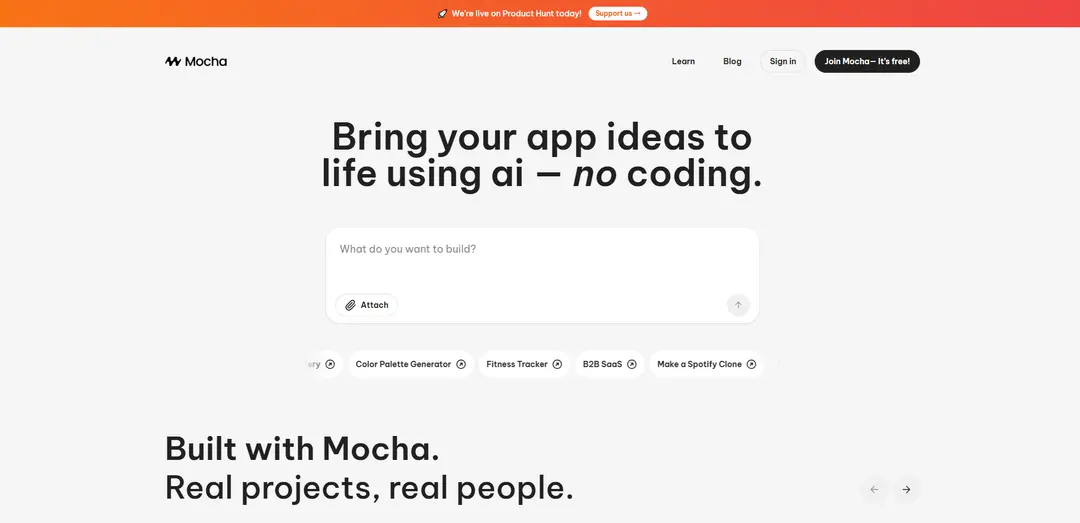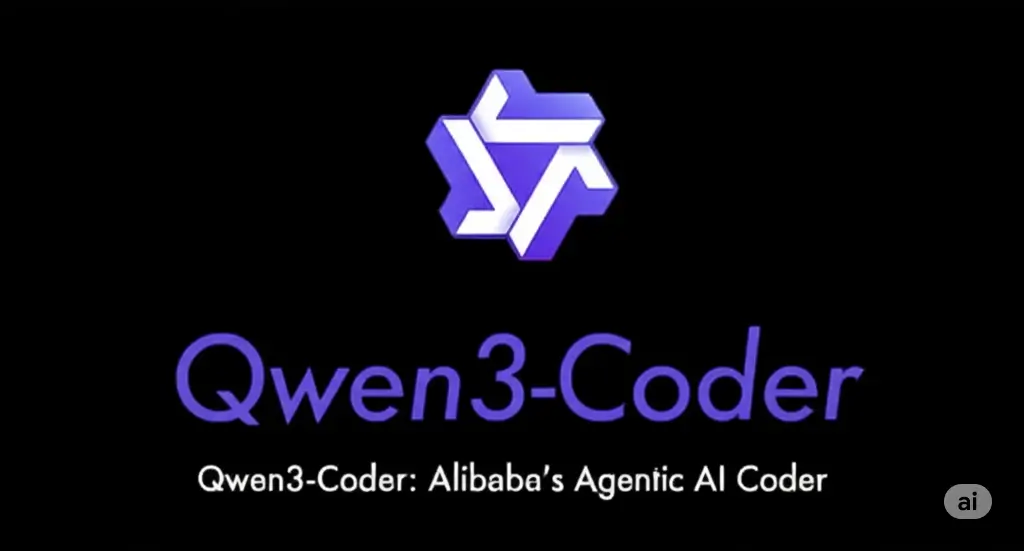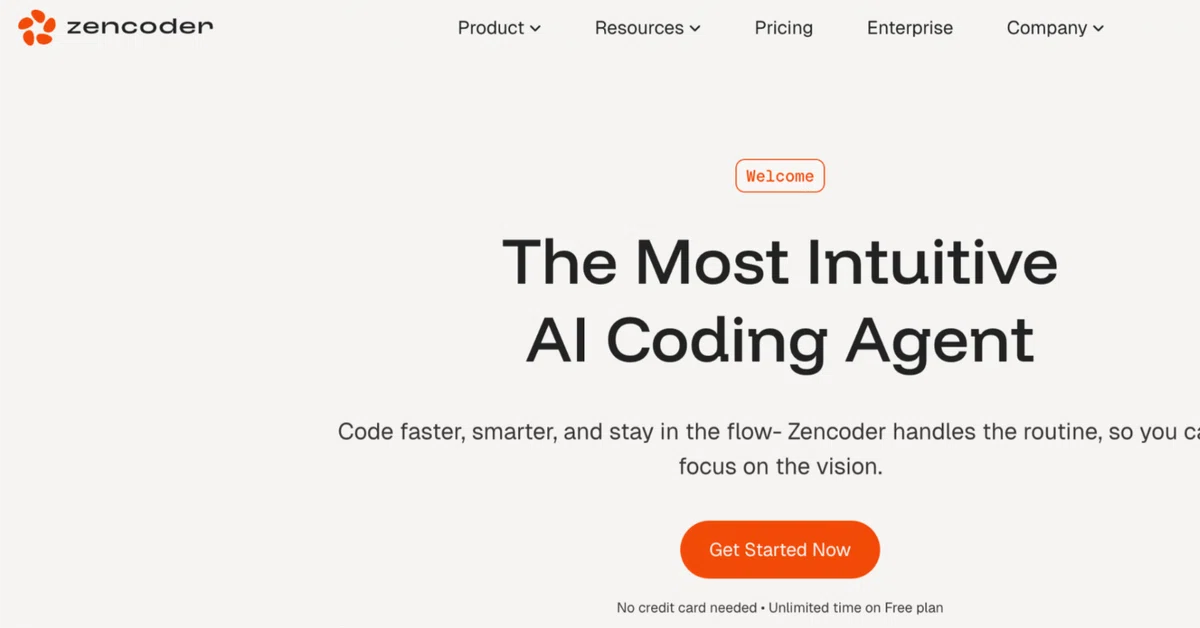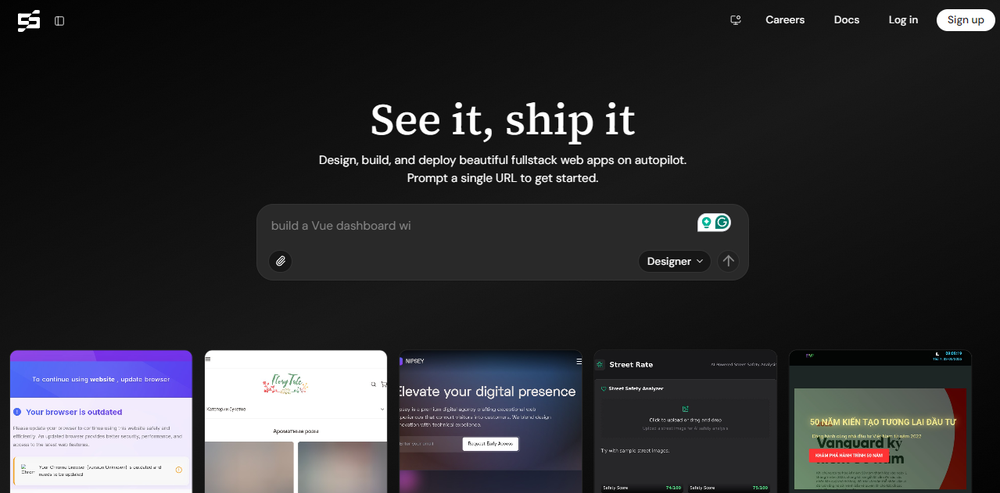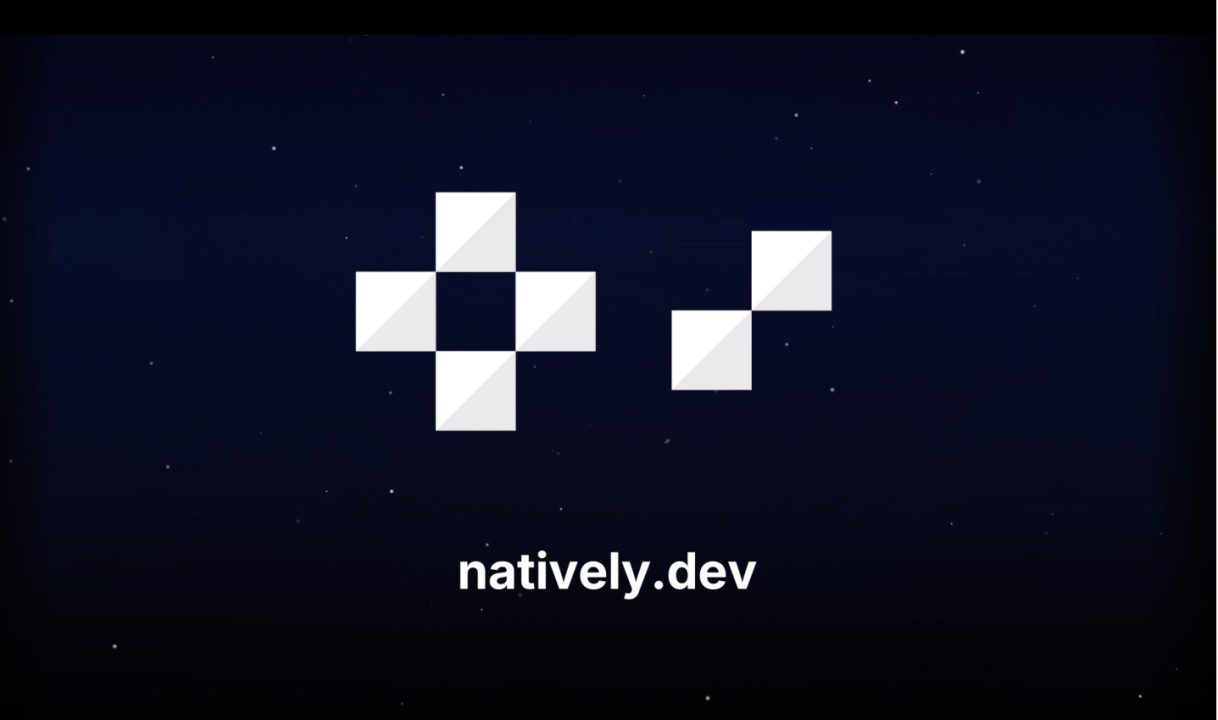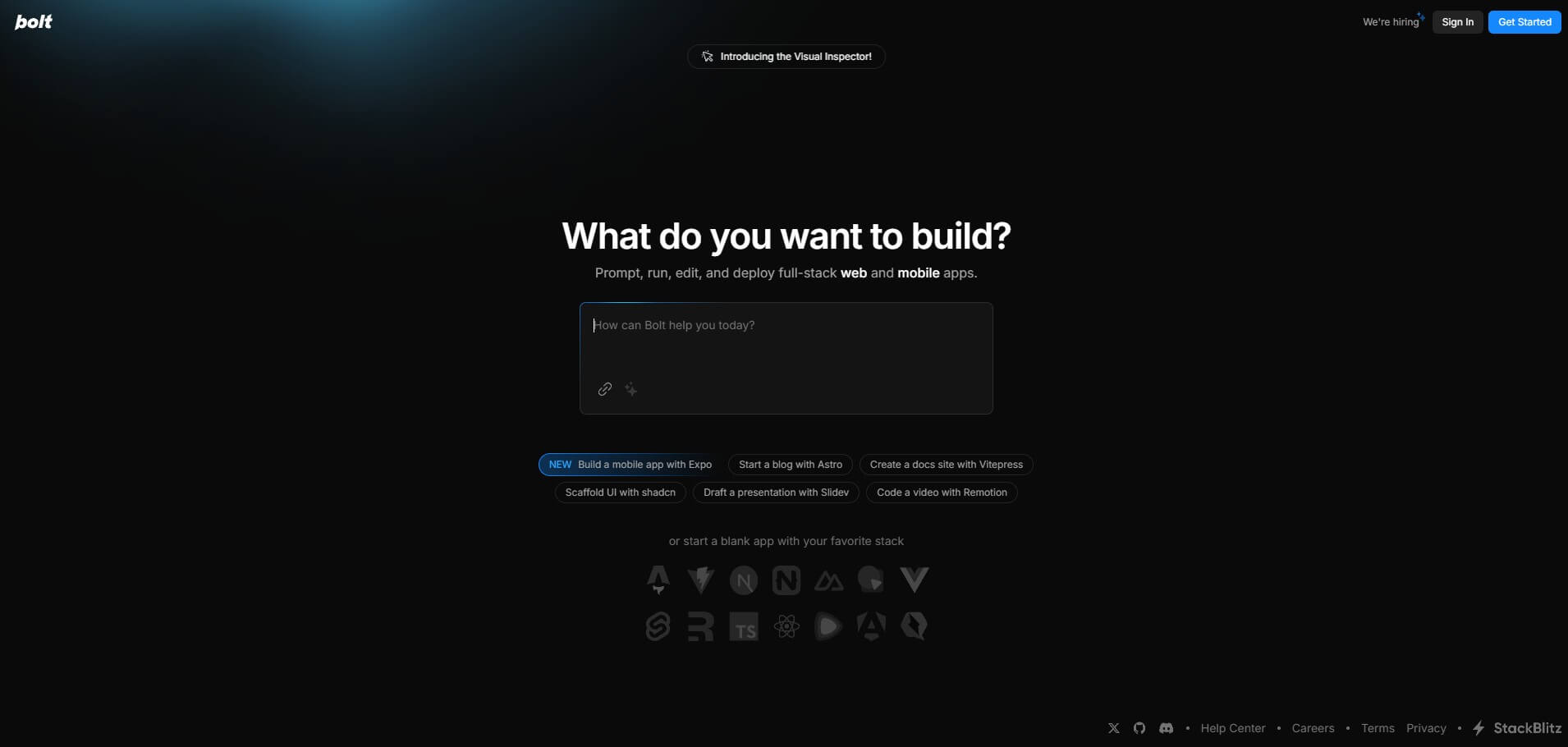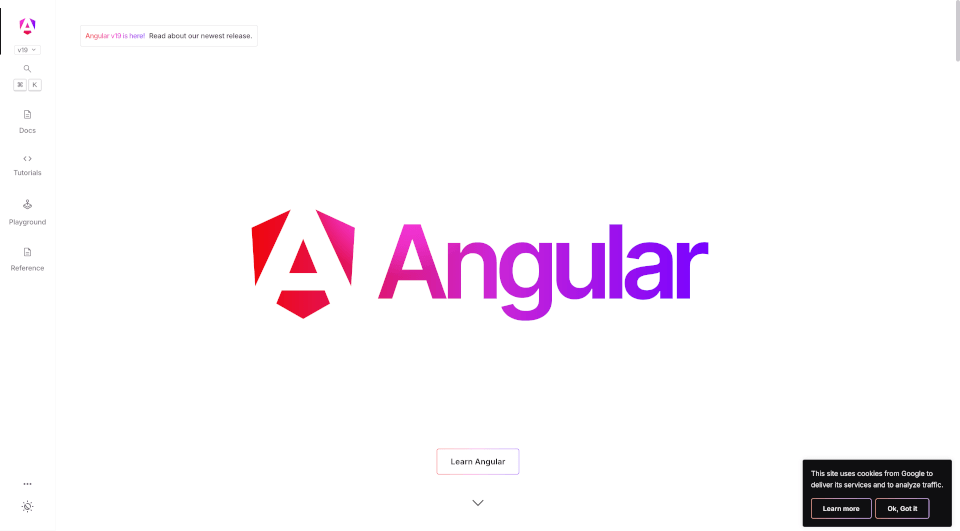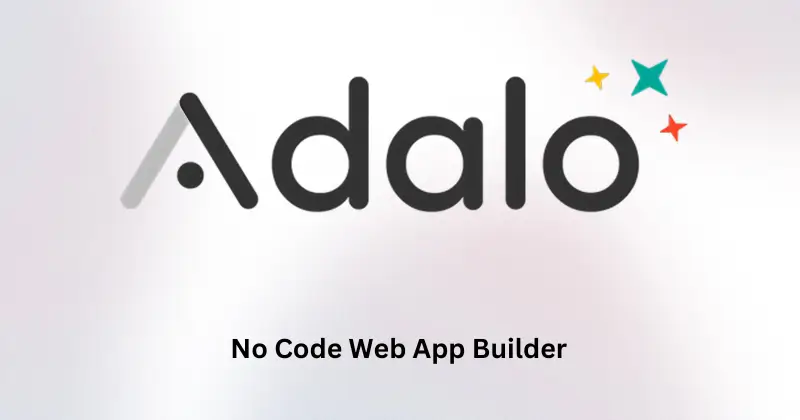Streamlit is a game-changing open-source framework designed to streamline the creation of interactive and customizable data visualization applications for data scientists. This web-based tool significantly expedites machine learning and data science workflows, allowing engineers to construct, deploy, and distribute scalable apps in a fraction of the time traditionally required.
Featuring a rich array of advanced functionalities, Streamlit offers a flexible and adaptable UI, interactive widgets, and real-time updates, empowering developers to craft dynamic dashboards and streamline data analysis pipelines effortlessly.
Moreover, Streamlit’s user-friendly interface facilitates the creation of self-contained web applications that can be seamlessly shared with team members and stakeholders. Its deployment process is equally streamlined, boasting built-in support for cloud deployment, Docker containerization, and integration with leading machine learning frameworks like TensorFlow and PyTorch.
With its emphasis on rapid iteration and accelerated time-to-market, Streamlit serves as an indispensable tool for teams and individuals seeking to expedite their data science projects. In summary, Streamlit stands as a versatile and potent framework, empowering developers across industries to build, deploy, and disseminate data science applications with unparalleled ease and efficiency.
More details about Gpt4autocoder
Is Docker supported by Streamlit for containerization?
Yes, Streamlit supports Docker for containerization, facilitating the efficient deployment of applications.
Does Gpt4autocoder provide live code explanation?
Yes, Gpt4autocoder offers live code explanation, which is particularly valuable for individuals learning and understanding Python programming.
What does the phrase ‘Hosted with Streamlit’ imply?
‘Hosted with Streamlit’ indicates that the web application is hosted on the Streamlit platform, allowing users to access it via the web.
Why is Streamlit beneficial for data science projects?
Streamlit is advantageous for data science projects due to its ability to expedite workflows, provide intuitive and interactive data visualization, and offer robust deployment options for applications.

